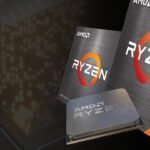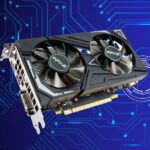If you’re a gamer or a digital artist, your graphics card (GPU) is one of your PC’s most vital components. When the Nvidia GeForce GTX 1650 was released in April 2019, it quickly gained popularity due to its decent performance and affordability. But as technology evolves, one can’t help but ask: Is the Nvidia GTX 1650 still a good GPU today? Let’s revisit this graphics card and find out.
Understanding GPUs: A Brief Overview
Before we delve into the details, let’s clarify what a GPU is. The Graphics Processing Unit (GPU) is responsible for rendering images, animations, and videos on your computer screen. It plays a pivotal role in various operations, including gaming, 3D modeling, data science, and more.
GPUs can be classified as Integrated (iGPU) or Dedicated (dGPU). Integrated GPUs share resources with the CPU, while Dedicated GPUs have their own resources. This distinction is crucial because dGPUs, like the GTX 1650, generally offer better performance than iGPUs.
The GTX 1650: Initial Impressions and Specs
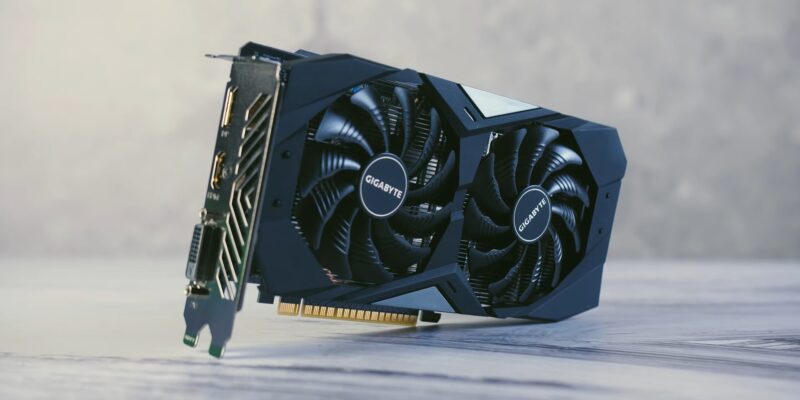
Nvidia’s GeForce GTX 1650 belongs to the 16 series, based on the Turing architecture, but without ray-tracing cores. Aimed at budget and mid-range users, it was heralded as a game-changer upon its release. Here are the key specs:
- Architecture: Turing (TU117)
- CUDA Cores: 896
- Base Clock: 1485 MHz
- Boost Clock: 1665 MHz
- Memory: 4GB GDDR5
- Memory Speed: 8 Gbps
- TDP: 75W
Despite lacking RT and Tensor cores, this GPU’s Turing shaders provide improved performance and efficiency compared to its predecessors.
Performance Analysis
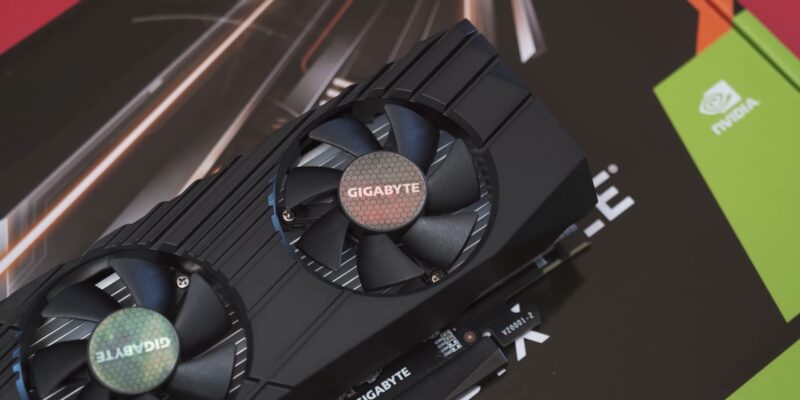
Assessing the GTX 1650’s performance today requires comparing it with modern GPUs and observing its performance in recent games and applications.
Gaming
Gaming performance remains a vital metric for many users. While the GTX 1650 isn’t tailored for hardcore gaming, it’s more than capable for casual and some AAA gaming.
In 1080p resolution, popular eSports titles like Overwatch, Fortnite, and League of Legends run smoothly at high settings. However, for more demanding games like Cyberpunk 2077 or the 2022’s hit Horizon Forbidden West, the GTX 1650 may struggle at high settings but should manage on medium to low settings.
The lack of ray tracing, a feature present in newer GPUs, is a downside as more games are supporting this technology. While it doesn’t affect gameplay, it does impact the graphics quality and immersion.
Productivity
In the realm of productivity tasks, the GTX 1650 holds its own. For graphic design, video editing, and 3D modeling, it provides decent performance. CUDA-accelerated applications like Adobe’s suite (Photoshop, Premiere Pro) will benefit from the GTX 1650.
However, due to its 4GB VRAM, handling larger files or more complex 3D models might be challenging. For data science and AI tasks, the lack of Tensor cores limits the GTX 1650’s capabilities.
Upgrading from This GPU
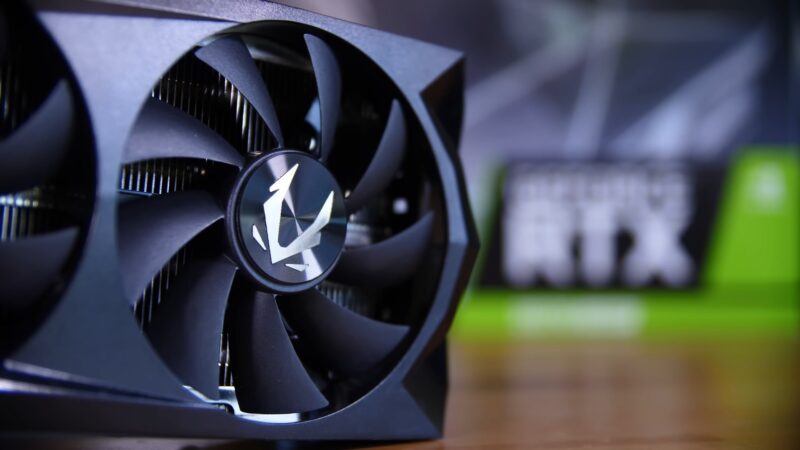
If you’re currently using the GTX 1650 and contemplating an upgrade, consider your needs and budget.
For gamers wanting a more immersive experience and to play demanding AAA games at high settings, an upgrade is worthwhile. The GTX 1660 Super or the RTX 2060 offer better performance and features like ray tracing.
For productivity tasks, the RTX 30 series with higher VRAM and Tensor cores for AI acceleration would be a significant upgrade. The RTX 3060, for instance, offers 12GB VRAM, considerably improving performance with large files and complex tasks.
However, an upgrade might not be necessary if you’re a casual gamer or if your tasks don’t require intensive GPU power. The GTX 1650 remains a reliable choice, providing satisfactory performance at a fraction of the cost of high-end GPUs.
The Future of GTX 1650
Considering the trend towards more GPU-intensive applications and games, the GTX 1650 might start to show its age. The lack of ray-tracing and DLSS support, common features in newer GPUs, means the GTX 1650 may not fully support future games and software.
However, the GTX 1650’s future isn’t bleak. For many users, its performance will remain adequate for several more years. Moreover, its low power draw (75W TDP) makes it a perfect choice for compact or power-constrained systems.
The GTX 1650’s Impact on the Market
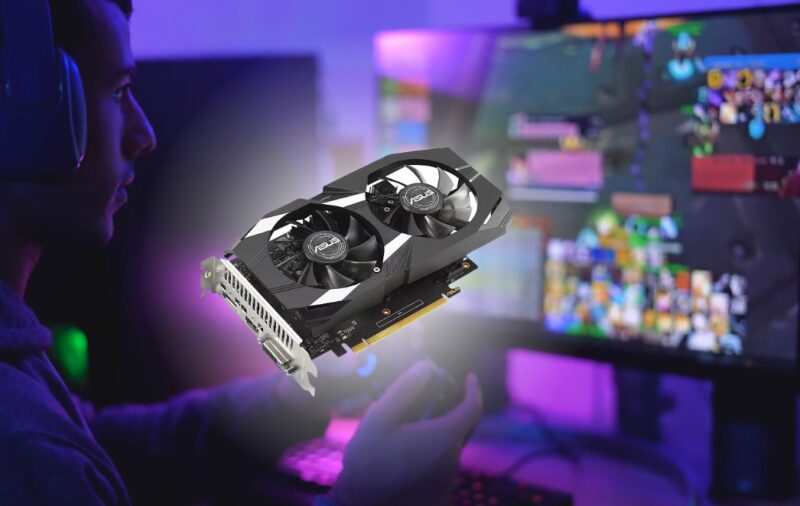
When we talk about GPUs, it’s not just the technical specifications and raw performance that matter, but also how they shape the broader market dynamics. The GTX 1650 has left a significant impact in this regard, opening up high-performance gaming and computing to a broader audience due to its competitive price point.
Nvidia successfully filled a niche in the market with the GTX 1650. It was able to appeal to those who wanted good performance without breaking the bank. By offering Turing architecture at an affordable price, Nvidia made advanced GPU technology more accessible, influencing competitors and sparking a trend towards more budget-friendly options in the GPU market.
The GTX 1650 In Today’s Second-Hand Market
Another interesting aspect to consider is the second-hand market, particularly given the recent global shortage of semiconductor components, which caused a surge in GPU prices. The GTX 1650 has held a substantial presence in the used market. Its affordability and good performance make it a highly sought-after GPU for those who are unable or unwilling to pay inflated prices for new or high-end graphics cards.
It’s crucial, however, to exercise caution when purchasing used GPUs. Ensure the card is in good working condition, hasn’t been used for heavy tasks such as cryptocurrency mining, and that it comes from a reputable seller.
The Legacy: Super and Ti Variants
Given the GTX 1650’s success, Nvidia introduced upgraded versions: the GTX 1650 Super and GTX 1650 Ti. Both offer performance improvements over the base model. The GTX 1650 Super boasts a higher number of CUDA cores and GDDR6 memory, translating to better gaming and productivity performance. The GTX 1650 Ti, on the other hand, is an efficient option that offers slightly improved performance with the same power draw as the base model.
These successors, while more expensive than the base GTX 1650, continue its legacy of delivering good performance at a reasonable cost.
Considering This GPU for a Budget Build
If you’re building a budget PC, the GTX 1650 remains an excellent choice for your GPU. It offers respectable performance for most tasks you’d expect from a PC. Whether you’re into gaming, photo editing, or casual 3D modeling, this GPU can handle it.
Moreover, its low power requirement makes it a fantastic option for compact builds. With a 75W TDP, the GTX 1650 can run on the power supplied through the PCIe slot alone, eliminating the need for additional power cables. This feature makes it an attractive choice for upgrades in pre-built systems with lower-end power supplies.
Final Words
So, is the Nvidia GTX 1650 still a good GPU? The answer largely depends on your individual needs and expectations. For the casual gamer, or those who use GPU-accelerated software without heavy demands, the GTX 1650 remains a worthy contender due to its affordability and decent performance.
However, for those needing more GPU power — whether for demanding games, complex productivity tasks, or future-proofing their systems — newer GPUs might be a more fitting choice.
In the end, remember that a GPU’s “goodness” isn’t only dictated by raw performance or latest features. Factors like your budget, system compatibility, and power requirements also play a role. As technology continues to advance, it’s essential to reassess your needs and make a decision that best suits them.


